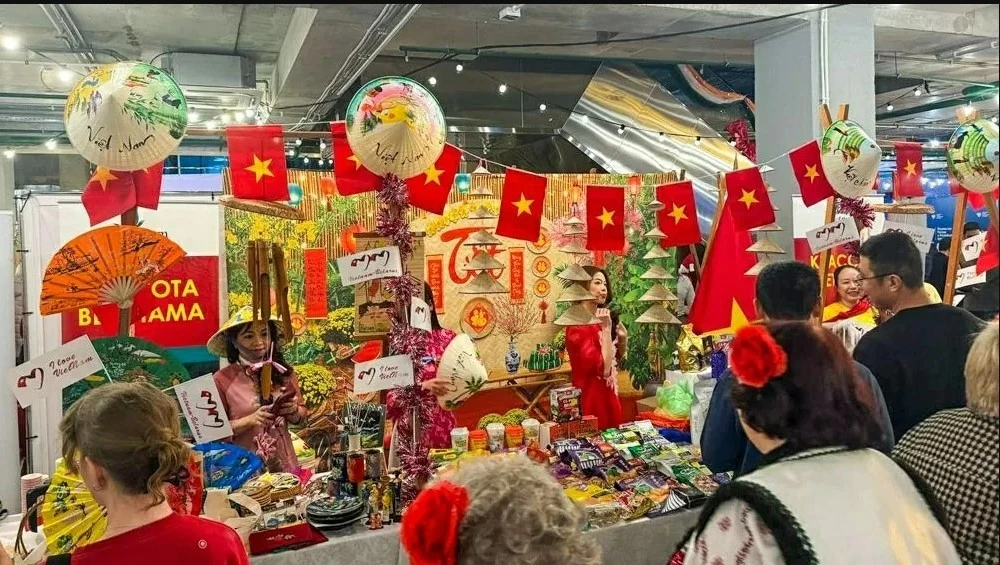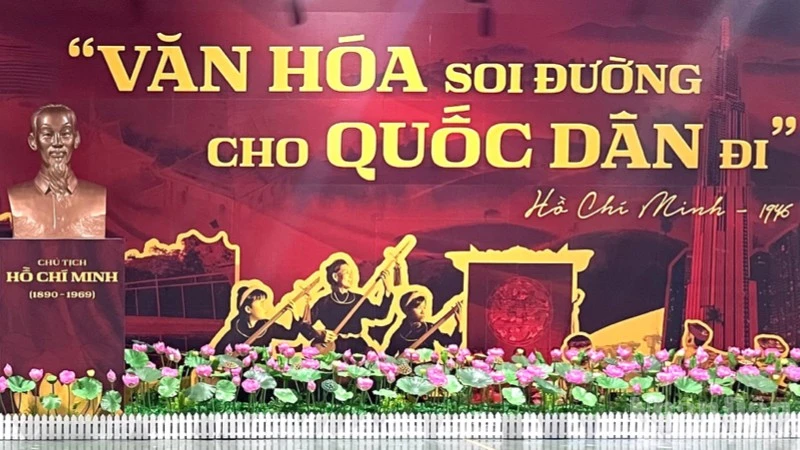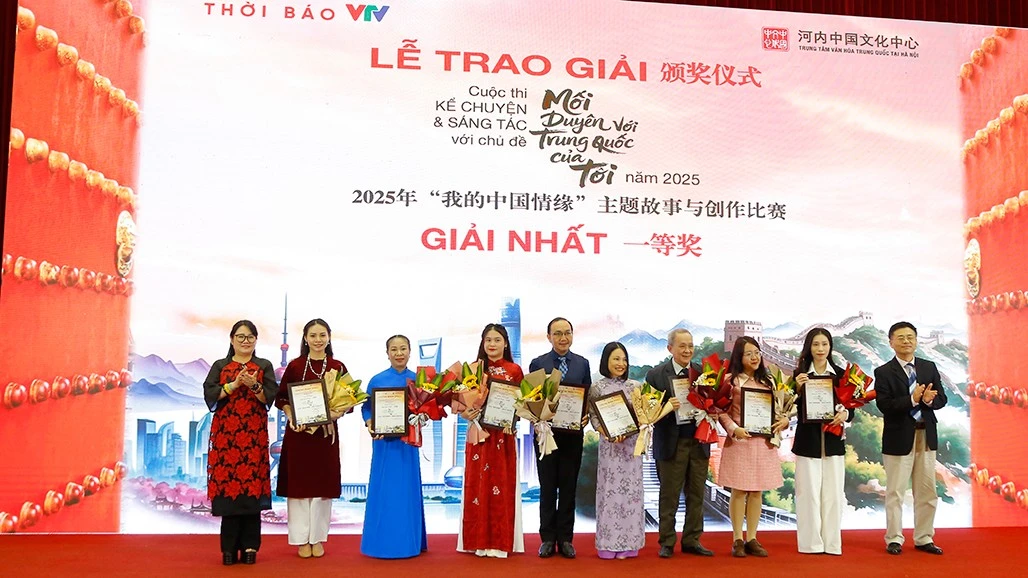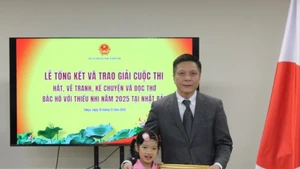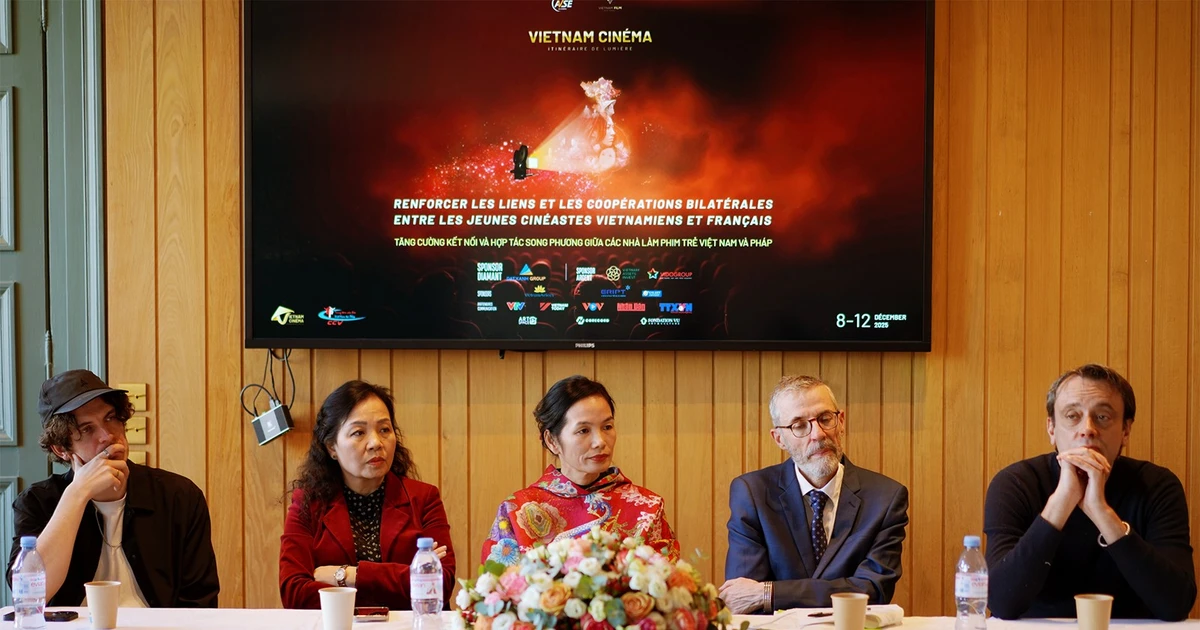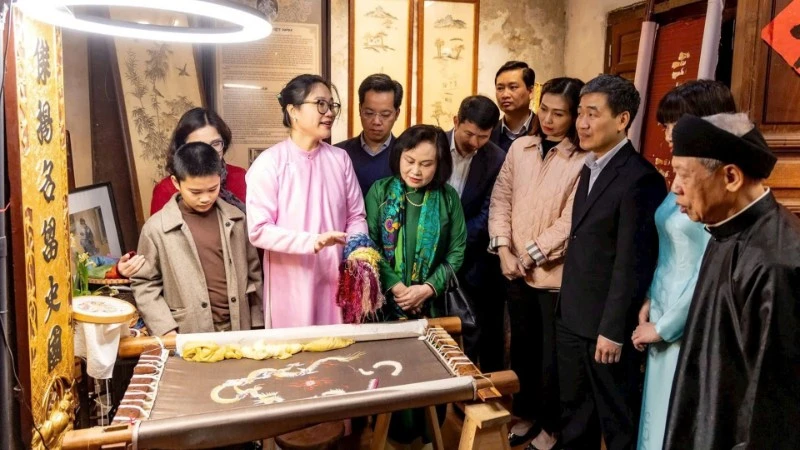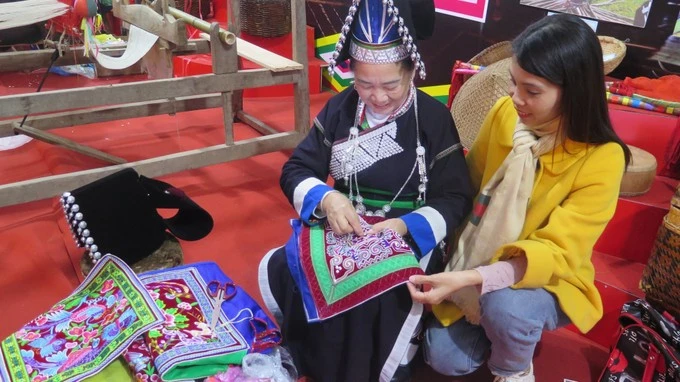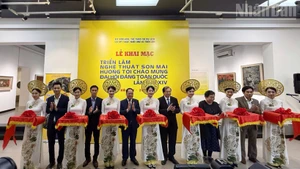In early March, Ho Chi Minh City submitted its application to join the UNESCO Creative Cities Network in cinema. If recognised, the city will become the first cinema city in the UNESCO Creative Cities Network in Vietnam and Southeast Asia.
A national cinema centre
Cinema is one of eight fields in the project on strategy for developing the cultural industry of Ho Chi Minh City to 2030 issued by the City People’s Committee, along with fields such as: Performing arts; fine arts; photography; exhibitions; advertising; cultural tourism; fashion.
Compared to other fields, cinema has the advantage of being a comprehensive art industry, closely connected with many art forms such as literature, music, architecture, design, cuisine, folk art, etc., creating spiritual values, having a strong influence, connecting communities in society, and creating economic value for the locality.
According to Professor Dr Do Lenh Hung Tu, Chairman of the Vietnam Cinema Association, since the 80s and 90s of the 20th century, Ho Chi Minh City has had a vibrant film market. And to this day, the city remains the country’s cinema centre, gathering many private filmmakers and accounting for 40% of Vietnam’s film screening market.
According to a report by the Department of Culture and Sports of Ho Chi Minh City, the city currently has about 935 businesses operating in the film sector with 9,294 employees, generating revenue of 500 million USD, contributing 0.43% of the city’s GRDP.
The city has 10 cinema systems, 52 cinema complexes, 295 screening rooms and 184 creative spaces where professional art is practiced. In addition, the city has typical cultural institutions serving specific audiences, such as the Youth Cultural House, Women’s Cultural House, Students’ Cultural House, Children’s Cultural House and cinema clubs, which have become important places to promote film activities associated with education and skills development.
Classes on screenwriting, directing, cinematography and editing are held regularly, providing professional knowledge and inspiring a passion for cinema in the younger generations.
In particular, each year the city has about 500 free film screenings in suburban districts or low-cost screenings at 27 cultural facilities for workers, playing an important role in bringing cinema and art closer to rural areas and the working class.
According to Pham Binh An, Deputy Director of the Ho Chi Minh City Institute for Development Studies, the community network serving the cinema industry in the city is quite diverse with the Union of Literature and Arts Associations. These are specialised clubs that bridge between talents in the field of cinema.
According to screenwriter Duong Cam Thuy, Chairman of the Ho Chi Minh City Cinema Association, the city has great potential to develop strong cinema. However, difficulties and challenges still need to be overcome. For example, the city still lacks facilities to serve the seventh art industry, lacks a team of skilled filmmakers, and activities and movements in this field are still spontaneous.
Deputy Director of the Ho Chi Minh City Institute for Development Studies Pham Binh An said: The diverse quality of life, leading to different aesthetic tastes and cultural enjoyment, has not been fully met. Many people in remote areas still do not have access to cinema.
In addition, the need for creation is very rich, but the creative space for filmmakers is limited. In particular, public-private cooperation in the cultural field and cinema is limited. Although necessary, the procedures are still cumbersome, causing difficulties for filmmakers.
Shaping a creative culture
Dr Nguyen Phuong Hoa, Director of the Department of International Cooperation, Ministry of Culture, Sports and Tourism, said: The city’s application to join the UNESCO Creative Cities Network shows the deep awareness of the city’s administration people about the role and position of culture and creativity as the driving force of sustainable development, when placing culture and creativity at the centre of the city’s policies and development plans.
According to Hoa, joining the UNESCO Creative Cities Network will open up many opportunities for the city, such as promoting creativity, increasing the contribution of cultural and creative industries to the local economy, creating jobs, revenue, and enhancing the city’s competitiveness.
“Ho Chi Minh City will enhance the community’s access to and participation in cultural life, strengthen social connections through creativity, build pride in the city's creative capital and cultural assets, and inspire the creativity and dedication of the local community. The city also has many opportunities to protect, maintain and promote cultural diversity and uniqueness, and create new creative spaces,” Hoa added.
Ho Chi Minh City is where indigenous cultural flows converge, the intersection between tradition and modernity, and the blend of Eastern and Western cultures. These are invaluable materials to inspire creativity for each artist in art, especially cinema.
According to director Nguyen Quang Dung, Ho Chi Minh City is the most suitable locality to become a member of the UNESCO Creative Cities Network in cinema. The city is where most people working in the arts and cinema can make a living from their profession.
Film producer and actress Hong Anh said: Ho Chi Minh City needs more creative spaces in the community so that people can learn more about cinema. When people, especially young people who love cinema, like to make cinema, this art industry in the city will truly develop.
According to Professor Doctor Do Lenh Hung Tu, Chairman of the Vietnam Cinema Association, the city should set aside land funds to build film studios, exploiting the strengths of Cu Chi, Can Gio, etc., to build sets and serve as tourist attractions. This is a model that countries with developed film industries have successfully implemented.
In its application to join the UNESCO Creative Cities Network, the city has proposed several initiatives, programs, and projects committed to sustainably achieving the network's goals.
Accordingly, Ho Chi Minh City will create a cinema in schools, implement the project on the colours of life through cinema and build a mechanism to support the development of cinema.
This mechanism aims to build a consulting center, support administrative procedures for filmmakers, build cinema data, and establish a specialised financial fund to support the development of the film industry, including investing in film projects, supporting production, training human resources, etc.
In addition, the city plans to establish the Asian Cinema Cities Network Forum, organise awards, the annual Ho Chi Minh City International Film Festival, and build cultural creative spaces for people’s participation.

